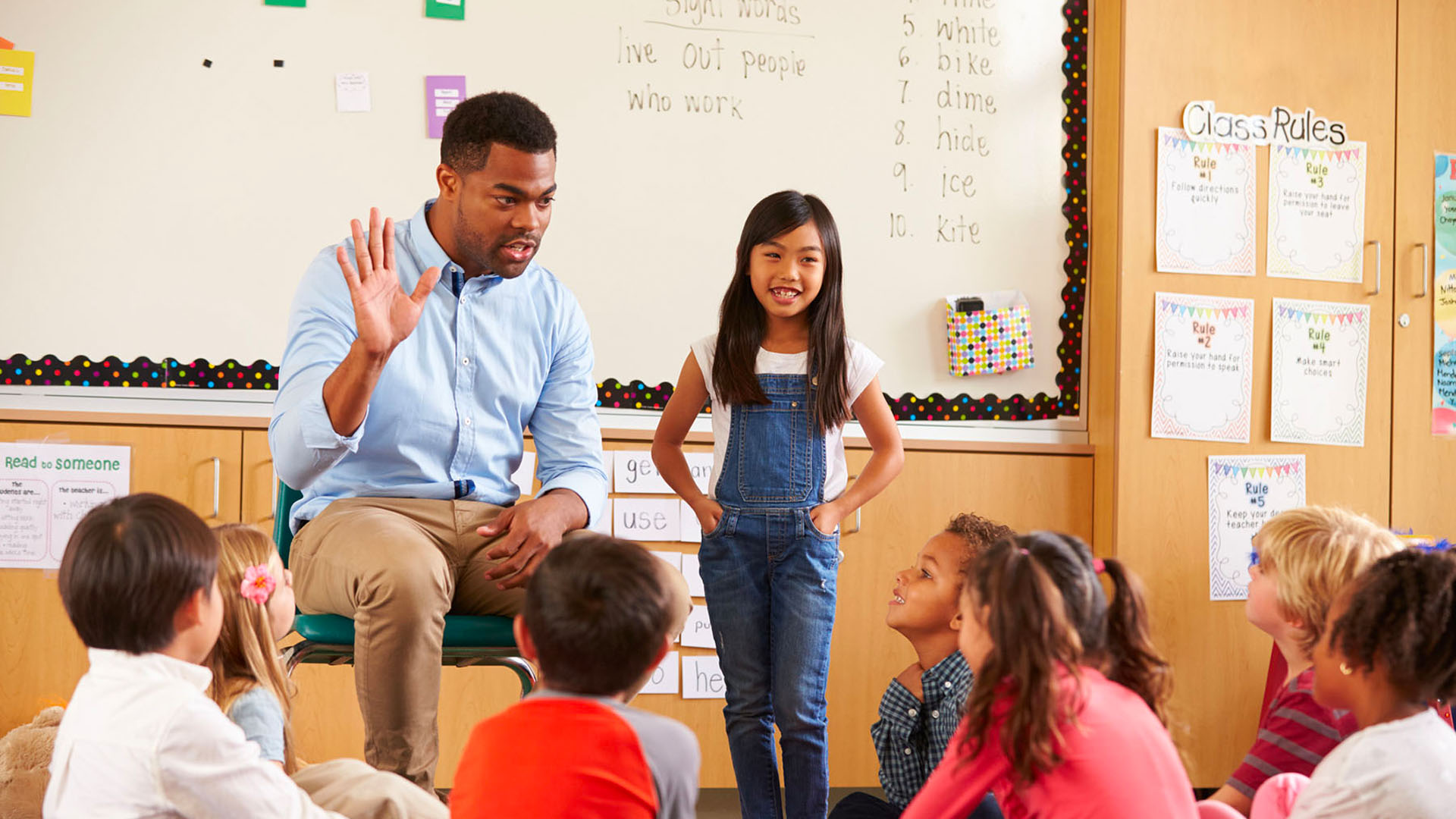John Hattie and his work around Visible Learning is a comprehensive meta-analysis that examines the effectiveness of influences we use and have in our schools. During my 4th trip to the Annual Visible Learning Conference, I enhanced my learning concerning work that impacts schools in Indiana. Here are the four top things I learned at the conference.
1. Influences with high effect size matter to our students’ success
John Hattie has taken a systematic and statistical approach to examining thousands of educational data sets and studies conducted over the last 20 years. He uses these to share his recipe for student success: The higher the effect size, the greater the positive impact on student achievement above the hinge point of 0.4.
The hinge point of 0.4 is where the magnitude of the impact of that influence is equal to one year of student growth in one year period of time. Anything above that hinge point means a greater magnitude and impact on student achievement and growth.
Take a look here at 256 influences currently ranked by John Hattie. You will notice that some of the things you’re doing in your classroom or school right now make a substantial impact on student learning. There may be some things you’re doing that really aren’t effective (below 0.4 effect size) that you may want to reconsider.
2. Teacher clarity has an effect size of .75
If there is teacher clarity within a classroom, you will see nearly two years of growth in student achievement over one year. That’s double the student growth! But what is teacher clarity?
It isn’t that the teacher knows their content and has clarity about it. It means the teacher has developed learning intentions and success criteria around the lesson and unit of study. It’s a “deep understanding about what to teach and why, how to teach it, and what success looks like” (Fisher, Frey 2019).
Most importantly, the teacher needs to be transparent with students about their clarity. Students need to know where they are going and how they need to get there. They need to understand how the teacher defines success.
3. Collective Teacher Efficacy has an effect size of 1.57
Collective teacher efficacy produces nearly four years of growth in student achievement in one year! Collective Teacher Efficacy is “the assurance a person places in his or her team affects the team’s overall performance.” For more information on collective teacher efficacy, take a look at this Hattie article, where the definition is sourced. My favorite quote in this article is:
“Collective teacher efficacy is greater than three times more powerful and predictive of student achievement than socioeconomic status. It is more than double the effect of prior achievement and more than triple the effect of home environment and parental involvement. It is also greater than three times more predictive of student achievement than student motivation and concentration, persistence, and engagement.”
Think about the power behind this idea and what we do with things like PLCs, teacher meetings, and faculty meetings. Are we spending that time together building collective efficacy?
4. Great speakers were present throughout the conference
Many of the conference speakers are authors working with Corwin Publishers and are dynamic and full of great strategies you can use right away. In fact, CIESC and the Wabash Valley Service Center are going to bring in one of the best presenters I have ever seen.
John Almarode is coming to Indy on September 20th to discuss his work with Hattie related to math and science for 4-12 teachers. Go to our website PLConnect to get more information about him and his workshop.
This is some of the most impactful information and data we have had in education in decades. The Visible Learning research has and will continue to have, a lasting impact on our classrooms and schools. I encourage you to learn more about it.
I will be attending this conference again next year because it had a substantial impact on me as an educator. It’s made me consider how I support other educators and what is impactful and what isn’t. Sometimes my 30 years of experience in education and my gut feelings don’t align with this data. It has led me to question my gut. I hope this article will help you do some considering of your own.
Resources
Please login or register to claim PGPs.
Alternatively, you may use the PGP Request Form if you prefer to not register an account.




